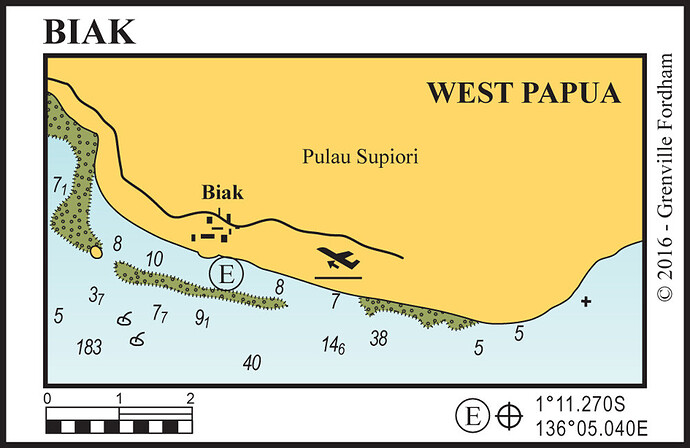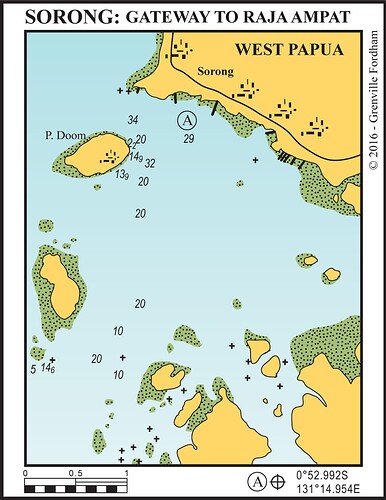I got the idea from reading about the loss of pilot boat Can Do out of Gloucester.
(a good book https://www.amazon.com/Ten-Hours-Until-Dawn-Heroism-ebook/dp/B003J564XU/ref=sr_1_1?crid=3GIPK3JBA3N80&keywords=10+hours+until+dawn&qid=1688337060&sprefix=10+hours+%2Caps%2C189&sr=8-1)
They seemed to go out and lead the ships in, not board them. After the pilot boat was lost with all hands, the grieving teenage son was trying to lead various ships around with a Boston Whaler, which was too sad for words.
I have never actually seen anything like that myself.
I am not sure why anyone cares past personal preference as long as you remember how you set it.
Everything in airplanes is heading up and they don’t seem to crash due to that.
Teaching new people that the boat ahead of them on the screen was really behind them if they were going south was a bridge too far for me, I just stuck with heading-up to avoid screaming at the customers. YMMV
- edit, if doing radar overlay on RNC charts you pretty much have to do north-up unless you like reading sideways and inverted text, so I amend my previous statement for those setups.
Found this:
When I went to sea in the navy, radar was not compulsory for merchant shipping and on some ships fitted with radar the OOW had to obtain the master’s permission to use it.
I remember one occasion in the Indian Ocean when I was OOW of a frigate forming part of a very large formation of ships, all fully darkened.
In the middle of us steamed a merchant ship, no radar operating at about 02:00 . At a signal from the flag ship all 40 odd ships turned on their navigation lights. The radar was immediately turned on and I have a mental picture of the scene on the bridge to this day.
Yes when I went to Texaco Tanker Ships we had the latest equipment including one of the first ARPA units, a Raytheon Selena unit in about 1975. You had to load a bootstrap programme by entering a series of octal code before loading the main programme by paper tape.
We also had Humber Pilot apprentices who sailed with us until they passed their mates exam.
Leaving tankers I sailed with ships that soon hauled one back to first principles, Captain Cook with occasional time signals. I’ve been retired 10 years now after 55 years at sea and went from lead line to ECDIS.
Oops I shed a few years there, I went to sea in 1962 .
Distractions take many shapes and forms, but personal electronic devices are front and center after a number of high profile incidents. These include tug and barge, ULCVs (Ultra Large Container Vessels) and even U.S. Coast Guard vessels. Yet, pilots and vessel crew are still found with mobile phones in hand, heads-down and oblivious of what is happening beyond their screen.
How can we effectively get the message across to both vessel crew and pilots?
Has your organisation done much research regarding the efficacy of the current BRM structure?
I would be interested to hear your thoughts if this is the case.
Interesting article from 2012.
Largely superceded by the introduction of iPad with a navigation function or PPU.
When at sea I extensively used PI techniques but had to forgo this when I became a Pilot due to the complexity of the different radar sets I encountered.
It was sometimes hard enough to get the Bridge Team to change from Sea Stabilization to Ground stabilization let alone asking them to set up a PI.
Good day Sir.
May I suggest analyses of `M/V Cosco Busan as well, unless You have already done so as it is a “classic” regarding the topic of BRM , MPX or rather lack of it as well as in this case PILOT situational awareness .
Rgds
Hello Spowiednick,
Yes, well versed with the CB incident thanks. Here is another which involved both the Bridge and engine room teams. It was a shocker.
https://www.atsb.gov.au/sites/default/files/media/4012947/MO2010008_FINAL.pdf
There are a number of ports where the pilot gets on / leaves inside in bad weather.
I’ve entered Port Said without a pilot (our ship and the entire southbound convoy) in bad weather. Barcelona is another. There are several others.
There’s many breakwater ports the pilot boards / departs inside even in good weather, Laem Chabang Thailand for one. I’ve forgotten most of the others. Many mariners here have been to Guam, pilot routinely gets off inside.
I wasn’t surprised when port control had me enter Mumbai India without a pilot, I was a little surprised when the pilot didn’t meet me inside given all the river channel buoys were missing.
More about managing risk / resources I think. There are some ports where apparently it’s the judgement of the port that’s its better to have the ship come inside and leave without a pilot and just use the pilot for docking.
THX .Have got that one too as ATSB is one of my chief sources of maritime thrillers and cliffhangers. Cheers.
The only notification that the engine was running ahead instead of astern came from the Master on the aft tug. The Pilot was a former Singapore Port Pilot. The other issue was two underpowered Pirate Class tugs.
"The issue of using north-up vs. head-up in navigation is an example of overlapping domains. While it may seem like a matter of piloting to mariners, it also involves human factors, including human cognition and workload as that article shows.
Another example is Bridge Resource Management (BRM). I’ve witnessed pilots and captains in the class showing skepticism, with their arms crossed and frowns on their faces. However BRM is not solely a question of navigation and seamanship; it also encompasses human factors.
In both cases one’s perspective can be limited by their own expertise. As the saying goes, ‘To a person with a hammer, everything looks like a nail.’
In Biak, Papua, the pilot used to come onboard after docking to get his papers signed and his costumery bottle of whiskey. ![]()
One answer to “why we need pilots” is because many many times the Master leaves the bridge and leaves you up there with a cadet or junior officer. Happens all the time. I also survey how often people check my rudder commands. Let’s just say “infrequently”.
A percentage of the crews are pretty awful, a percentage are excellent, most are fine, but I promise you they would be lost without us even if they knew where they were going.
BRM principles are a worthy aspirational goal. In practice, you are mostly a one person show.
They always repeat it though!
Common in a lot of African Ports in the Oil Patch in the brief period I was working there.
In Sorong, West Papua, pilotage was compulsory but the fine for NOT using a pilot was less than the cost of using one:
In my Port, wrong way helms were very, very rarely picked up by the ship’s bridge team and we had plenty of them over the years. At critical junctures, I used to supplement verbal commands with an upraised arm. It is an interesting human factor whereby the helmsman is possibly anticipating the Pilots next move…….incorrectly.
Whilst training new Pilots, the checking of all indicators at all times was drummed into them. Failing to do this led to a failed training check and when running them through simulation training, we frequently threw in wrong ways. They learnt quickly.



